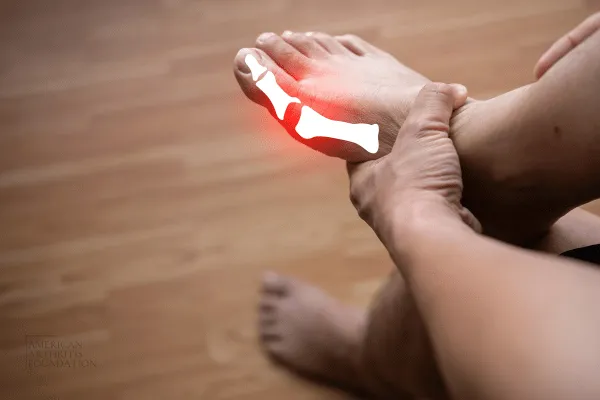Educational Materials & Resources for Osteoarthritis Patients
Arthritis is a general term used to describe a range of conditions affecting the joints, the areas where two or more bones meet. It is characterized by symptoms such as pain, stiffness, swelling, and reduced range of motion in the affected joints. There are many types of arthritis, with osteoarthritis and rheumatoid arthritis being among the most common. While arthritis is more commonly seen in older adults, it can affect people of all ages, including children. Treatment for arthritis often involves medication, physical therapy, lifestyle changes, and in severe cases, surgical intervention, all aimed at managing symptoms and improving quality of life.
Every individual's experience with osteoarthritis (OA) is unique, but knowledge, resources, and a supportive community can make your journey much smoother, regardless of whether you're newly diagnosed or have been managing the condition for years. Feel free to explore this platform for valuable insights on what a diagnosis of OA entails, effective treatment options, and practical advice for tackling daily hurdles. Here, you'll discover a community of fellow OA patients, suggestions for maintaining an active lifestyle, and avenues to advocate for both yourself and others. All of this is geared towards empowering you to live positively with OA.

The Silent Struggle of Gout: Why Many Flares Go Unreported
Gout, a painful form of inflammatory arthritis, affects millions of people worldwide. Yet, despite its significant impact on quality of life, research shows that many individuals experiencing flares do not report or seek treatment for their symptoms. A study published in ACR Open Rheumatology reveals that nearly 72% of gout flares in the U.S. go unreported or untreated, leaving many at risk for ongoing pain and complications.
So, why does this happen, and how can we ensure that more people receive the care they need? Let’s dive into the research findings and explore ways to improve gout awareness and treatment.
Understanding the Underreporting of Gout Flares
Gout is often dismissed as an occasional inconvenience rather than a chronic condition requiring medical attention. The study found that, on average, patients experience 6.6 flares per year, yet a large percentage of these episodes go unreported. Several factors contribute to this trend, including:
🔹 Mental health challenges: Individuals with anxiety and depression are less likely to report their gout flares or adhere to prescribed treatments.
🔹 Limited use of preventive therapy: Only 42.9% of patients were using urate-lowering therapies (ULTs), medications designed to help reduce uric acid levels and prevent future attacks.
🔹 Comorbidities and lifestyle factors: Conditions such as hypertension, obesity, and depression were linked to more frequent flares, yet many individuals still did not seek medical intervention.
The Consequences of Ignoring Gout Flares
Ignoring or underreporting gout flares can have serious long-term effects. When left unmanaged, gout can lead to:
✅ Chronic joint damage: Repeated inflammation can cause permanent joint damage, reducing mobility and increasing pain over time.
✅ Increased risk of cardiovascular disease: Studies suggest a link between high uric acid levels and heart disease, making early management even more crucial.
✅ Worsening mental health: The cycle of pain, limited mobility, and lack of treatment can contribute to depression and anxiety, further discouraging individuals from seeking care.
Encouraging Proactive Gout Management
By recognizing the risks associated with underreporting, healthcare providers, advocacy groups, and patients can work together to improve outcomes. Here’s how we can make a difference:
🔹 Raise awareness about the importance of reporting and treating gout flares.
🔹 Encourage the use of ULTs for individuals with frequent or severe attacks to help prevent long-term complications.
🔹 Address mental health concerns by incorporating holistic care approaches that consider both physical and emotional well-being.
🔹 Promote healthy lifestyle habits that can help manage gout, such as maintaining a balanced diet, staying hydrated, and achieving a healthy body weight.
Take Control of Your Gout Today
If you or someone you know struggles with gout, don’t wait for the next flare-up to take action. Consulting a healthcare provider, following prescribed treatments, and making lifestyle changes can significantly reduce the frequency and severity of gout attacks.
Let’s work together to break the cycle of underreporting and ensure that everyone with gout gets the care they deserve. Early intervention is key to preventing long-term complications and improving overall quality of life. 💙
Have a question?
We're Here to Help
By providing my phone number, I agree to receive text messages from the business.


